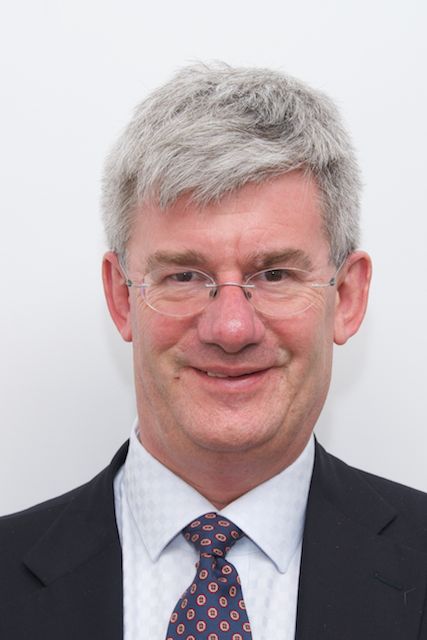
The eminently sensible Saul Eslake, Economist at Bank of America Merrill Lynch, is out with a new note weighing into the Australian recession debate and hang onto your hat:
As the ‘resources investment boom’ begins to fade …
The investment phase of the ‘resources boom’ looks to have passed its peak. Although resources investment should remain at a high level for another two years or so (until work on the 7 major LNG projects now under construction is finished), resources investment will now likely be detracting from overall growth, not adding to it.The risks of a downturn are increasing
With the non-mining sectors of the Australian economy responding less promptly to lower interest rates than in history would suggest, and the A$ still at elevated levels by historical standards, in our view the chances of a smooth ‘baton change’ between growth led by resources investment and growth led by exports and other
components of domestic demand are declining.At best, growth may slow to less than 2% in 2015 and 2016
We attach a ~75% probability to a scenario in which Australian real GDP growth slows from around 2¾%pa in 2013 and 2014 to just under 2% in 2015 and 1½% in 2016. In this scenario the unemployment rate peaks at 6¾% in early 2016.BofAML view: ~25% chance Australia could have a recession
We attach a ~25% probability to a scenario in which Australia experiences a recession beginning in the second half of 2015, with real GDP growth averaging 1% in 2015 and -0.1% in 2016, and unemployment reaching 7½% in mid-2016.Australian economic policy-makers’ armoury is depleted
Adding to the risks of recession are that Australian policy-makers have fewer options for warding it off. The A$ may not play its usual ‘buffering’ role; government finances aren’t as strong as they once were (and the political cycle is swinging further against the idea of government borrowing); and interest rates are already low by historical standards. We expect the RBA to cut further – to as low as 1% in the event of a recession – and it may need to undertake a ‘Down Under QE’.Implication for rates: lower level with steepening risk
The fair value for 3yr and 10yr ACGB are 2.37% and 3.44%, respectively. We see more value in owning the 3 to 5yr sector.Implications for FX: the A$ has more to fall
The A$ will likely find it difficult to stay above US$0.90 over the long-term if weak growth in 2015-16 dovetails with deteriorating balance of payments, the end of Fed QE, less commodity-intensive growth in China and less speculative carry demand for the currency. We revise down our long-term (end-2014) forecast to 0.88. In the risk scenario of a recession, it is likely to depreciate to the low 0.80s.
Goodness me, they’re piling into the bear camp now. A few points:
- growth at an at best sub 2% for 2015/16 is an economy running at stall speed. By that I mean that the economy does not have enough momentum to keep running itself into a virtuous cycle;
- in an economy with very high asset prices, dependent upon ongoing credit creation, stall speed is a very risky proposition. By that I mean that rising unemployment and flat incomes may not be able sustain current asset values. As they stall, business cycle dynamics can take over and the economy roll into a negative feedback loop. Even on Eslake’s own reasoning then I’d conclude the recession risk is higher than 25%;
- there is absolutely no way in the world that the Australian dollar will be 80 cents in the event of a recession. It’ll be at 60 cents in a jiffy. If Saul thinks 1% rates are a possibility (or God forbid Australian QE) the currency will be routed.

